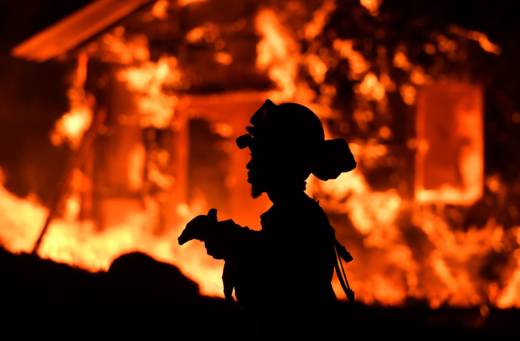Insurance claims for families and businesses affected by October's wildfires are now up to $3.3 billion, a number that is expected to rise as more claims are filed, said state Insurance Commissioner Dave Jones.
The insurance claims are expected to be the most expensive in state history, surpassing the East Bay Hills fire of 1991 that cost $2.75 billion, according to the Insurance Information Institute.
More than 8,900 structures were destroyed and over 245,000 acres were burned in the wildfires that ravaged the state earlier this month. Fifteen major insurers provided the claims data, but the number does not represent losses to the uninsured or public infrastructure, including schools, community centers and parks.
Jones said his department would do everything it could to be supportive of people in the effort to rebuild, but he urged caution.
"You desire, rightly so, to get your life back to normal," he said. "This can make you more vulnerable to those seeking to take advantage of you."
